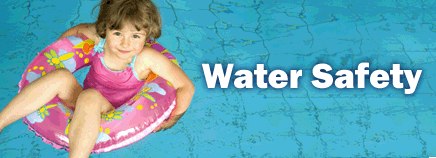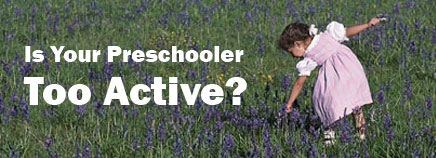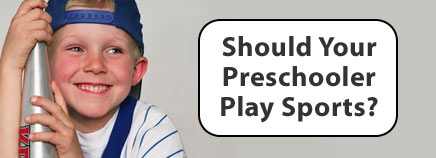Pools, lakes, ponds, and beaches mean summer fun and cool relief from hot weather. But water also can be dangerous for kids if parents don’t take the proper precautions. Nearly 1,000 kids die each year by drowning. And most drownings happen in home swimming pools. It is the second leading …
How Can I Get My Child to Eat Vegetables?
My daughter refuses to eat any veggies. How can I make sure she gets enough nutrients each day? – Priscilla Start by setting a good example — let her see you eating a nutritious diet that includes plenty of fruits and vegetables. Then, use your imagination. Chop up or shred …
How Can I Get My Kids to Be Active Outdoors?
My kids would be parked in front of a screen all day if they had their way. Once we get them outside, they enjoy it, but we need ideas for fun activities. Any tips on how to get them into the great outdoors? – VictorineMany parents are dealing with how …
How Can I Improve My Child’s Eating Habits?
I want to try to reform my daughter’s unhealthy eating habits. But I am worried that by not letting her eat high-calorie, high-fat junk food, I’ll be paving the way for her to develop an eating disorder. I want her to be healthy, but I don’t want to make her …
How Much Exercising Is Too Much?
My 15-year-old daughter has been exercising multiple times a day and it’s beginning to take over her life. Can this be bad for her? – Alysanne Excessive exercising can indeed be detrimental to your daughter’s health. Over-exercising, often associated with eating disorders, can lead to tendon, ligament, bone, cartilage, joint, …
How Should I Deal With a Picky Eater?
My daughter would be happy eating peanut butter and jelly sandwiches for breakfast, lunch, and dinner. How can I get her to eat different foods? – Carlene It can be frustrating when kids want to eat the same thing every day — but it’s not uncommon. Kids are often slow to …
Is Caffeinated Soda OK for Kids?
My son is always asking for caffeinated soft drinks. Is it OK to let him have them? – Marla It’s a good idea to keep caffeine consumption to a minimum, especially in younger kids. The effects of a caffeinated beverage on a child will be much more pronounced than on …
Is Your Preschooler Too Active?
Preschoolers love being physically active, so it’s no wonder that it’s often hard to keep them in one place. The solution is to work with their high energy levels. It’s important to keep them safe, of course, but give them plenty of chances to be active. Create an informal activity …
My Toddler Hates Vegetables. What Can I Do?
My 2-year-old used to be a pretty good eater. But now she’s going through a phase where she won’t even try the vegetables I serve. How can I get more veggies into her mouth and off the floor? – Mila As most parents know, there are two things you can’t …
Should Your Preschooler Play Sports?
What Kind of Activity? There’s nothing cuter than a bunch of preschoolers playing T-ball or soccer, but is it the best way for them to be active? Probably not. Team sports offer a chance for preschoolers to meet each other and get some exercise, but can be too complicated. Even …










